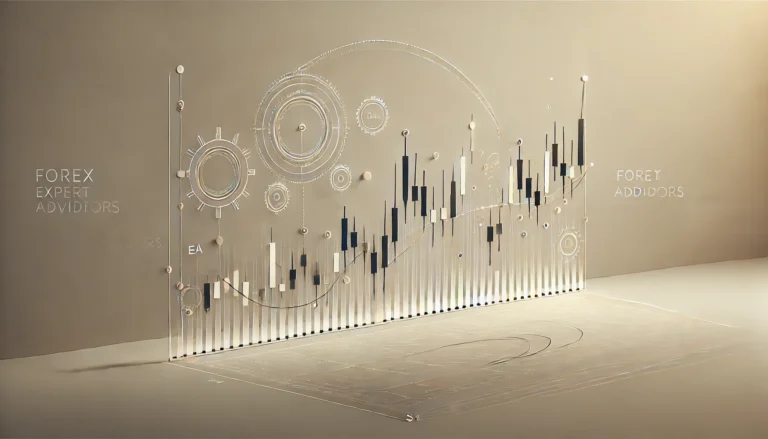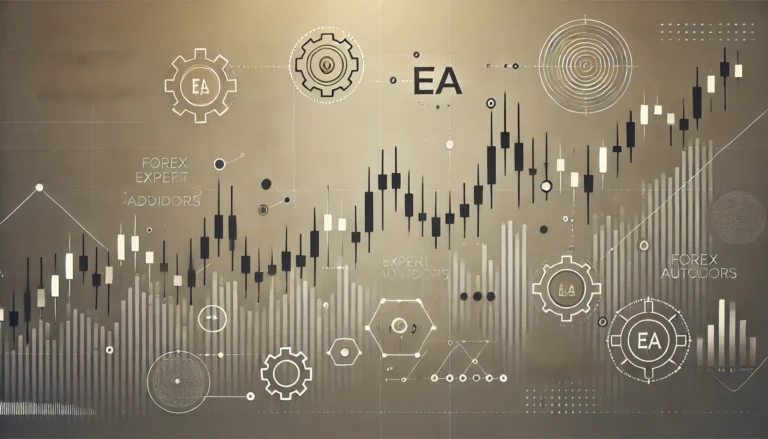When it comes to forex trading, traders often look for tools that can help them predict price movements effectively. One such tool is the Exponential Moving Average (EMA). This article explores how EMA influences your trading strategy and why it’s an essential aspect of technical analysis for forex traders.
What is Exponential Moving Average (EMA)?
The Exponential Moving Average (EMA) is a type of moving average that gives more weight to recent data points. This focus on weighting recent data allows EMA to react more quickly to price changes compared to other moving averages like the Simple Moving Average (SMA). Traders find this incredibly useful when they need timely signals about trend direction.
How does EMA differ from SMA?
While both EMA and SMA serve the same basic purpose in tracking average prices over a specific period, their methods of calculation differ. An SMA calculates the average of closing prices over a particular timeframe without giving any particular emphasis to recent prices. On the other hand, EMA’s calculation applies more significance to recent market data, helping traders respond more swiftly to price changes.
This difference makes EMA a preferred choice for many who engage in forex trading. It helps in spotting trends earlier than the SMA would, making it invaluable for those looking to jump on emerging trends before others do.
How to use EMA in your trading strategy
Integrating EMA into your trading strategy involves understanding how it behaves under different conditions. There are various methods to incorporate EMA. Here, we discuss some popular ones:
- Crossover strategy: a simple yet effective way to use EMA is through crossover strategies. For example, you might use a short-term EMA (e.g., 10-day) crossing above a long-term EMA (e.g., 50-day) as a signal to buy. Conversely, a short-term EMA crossing below a long-term EMA could be a sell signal.
- Support and resistance levels: EMAs can also act as dynamic support and resistance levels. When the price approaches an EMA line, it may either bounce back or break through, indicating potential buying or selling opportunities.
- Filtering trades: using EMA can help filter out false signals in a choppy market. By following the overall trend indicated by the EMA, traders can avoid entering trades against the prevailing trend direction.
Calculating the EMA
To calculate the EMA, you’ll first need to determine its length (the number of periods). The formula incorporates a multiplier that places greater significance on recent prices. Here’s a simplified version:
| Step | Description |
|---|---|
| 1 | Calculate the Simple Moving Average (SMA) for the initial EMA value. |
| 2 | Determine the multiplier: 2 ÷ (number of periods + 1). |
| 3 | Apply the formula: {Current Price – Previous EMA} * Multiplier + Previous EMA. |
Although manual calculation is possible, most trading platforms automatically compute the EMA, simplifying the process for traders.
Benefits of using EMA in forex trading
Including EMA in your forex trading toolbox offers several advantages:
- Responsive to price changes: because EMA puts more weight on recent data, it reacts faster to price fluctuations than other moving averages.
- Smoother data representation: unlike some other indicators that might produce erratic signals, the EMA provides smoother lines, making it easier to interpret market trends.
- Versatility: it can be applied across various timeframes, offering valuable insights whether you’re a short-term trader or someone who prefers longer-term investments.
Case Study: applying EMA during a trading session
Imagine you’re a forex trader keeping a close eye on currency pairs. You decide to incorporate a 20-day EMA and a 50-day EMA into your chart. During an active trading session, you notice the shorter 20-day EMA crosses above the longer 50-day EMA, signaling a potential upward trend. Acting on this signal, you decide to go long on the pair.
As the session progresses, the price continues to rise, affirming your decision. Later, you observe another crossover—this time the 20-day EMA dips below the 50-day EMA, suggesting it’s time to exit your position. These timely entries and exits, guided by the EMA crossovers, may result in profitable trades.
Common pitfalls to avoid when using EMA
While EMA is a powerful tool, traders should be aware of its limitations and potential downsides:
- Over-dependence: relying solely on EMA without considering other market factors can lead to flawed decisions. Always complement it with additional analysis techniques.
- Ignoring market context: the effectiveness of EMAs varies with market conditions. In sideways or choppy markets, EMA may generate false signals. Be cautious and combine it with other indicators to validate your trades.
- Lack of customization: using default EMA settings may not suit every trading scenario. Customize your EMA lengths based on the specific behavior of the currency pair you’re trading.
Combining EMA with other technical indicators
For increased reliability, integrating EMA with other technical indicators can prove beneficial. Commonly used combinations include:
- Relative Strength Index (RSI): combining RSI with EMA helps trade only in the direction of the primary trend while avoiding overbought or oversold scenarios.
- MACD: the Moving Average Convergence Divergence (MACD) indicator complements EMA well. Its histogram highlights momentum shifts, providing earlier warnings of potential reversals.
- Bollinger Bands: adding Bollinger Bands alongside EMA can provide insight into volatility. When price touches the outer band while staying above or below EMA, it signals stronger trend strength.
Diversifying your analysis toolkit enhances the robustness of signals and aids better-informed trading decisions.
Advanced strategies involving multiple EMAs
Seasoned traders often employ strategies involving multiple EMAs to gain more nuanced market perspectives. Let’s explore two advanced techniques:
Triple EMA trading strategy
This technique involves three EMAs: Short-term, medium-term, and long-term. For instance, the commonly used periods might be 15-day, 30-day, and 100-day EMAs. Observing the alignment or divergence between these EMAs provides clearer trend indications.
An upward alignment where the shorter EMAs are above the longer ones signifies a strong bullish trend. Conversely, if the shorter EMAs fall below, it indicates bearish conditions. Such multifaceted analysis minimizes the risk of misinterpreting market signals.
EMA ribbons
EMA ribbons are multiple EMAs plotted on the same chart using different timeframes. They create a ribbon-like visual pattern, helping identify strong trends and potential reversals.
If the EMAs spread apart, it suggests strong trend momentum. When they start converging, it warns of potential weakening or trend reversal. EMA ribbons are extremely helpful in volatile markets, providing quick visual cues for trading actions.
Are you ready to use EMA in your forex trading journey?
Incorporating EMA into your forex trading strategy offers both precision and responsiveness. Whether you’re a beginner or an experienced trader, mastering the Exponential Moving Average can significantly enhance your technical analysis framework.
By blending EMA with other tools like RSI, MACD, and Bollinger Bands, you can craft robust trading systems capable of adapting to various market conditions. Always stay vigilant of its limitations and practice continual learning to refine your approach.






